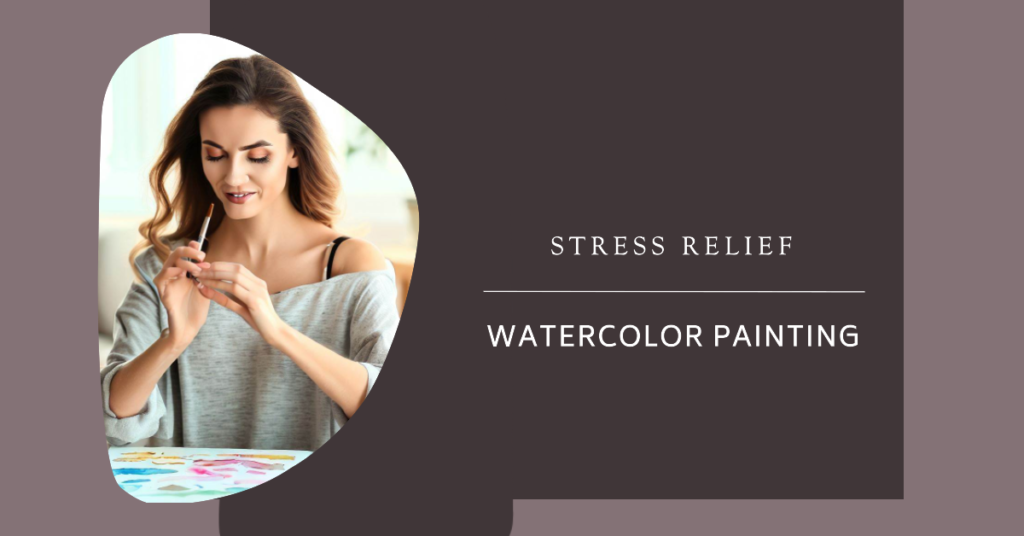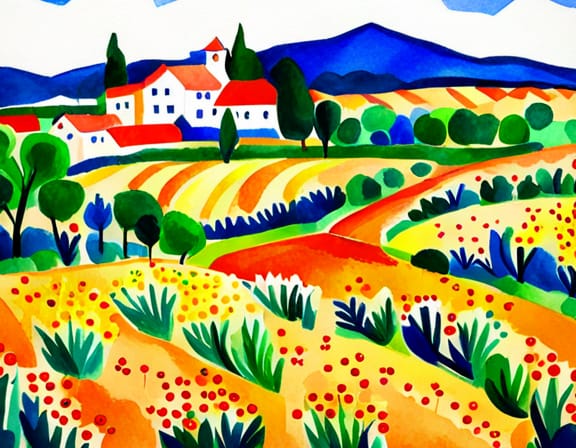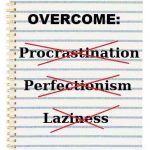In today’s fast-paced world, finding effective ways to de-stress is more important than ever. One such activity that has gained popularity for its therapeutic benefits is watercolor painting.
This creative outlet not only allows you to express yourself artistically but also provides numerous mental health benefits.
In this article, we will explore the science behind watercolor painting for stress relief, essential supplies and techniques for beginners, and some painting exercises to help you unwind and relax.

The Science Behind Watercolor Painting and Stress Relief
Watercolor painting can induce a meditative state as you immerse yourself in the process of creating art.
This state of mind is characterized by a heightened sense of focus and concentration, which can help alleviate stress and anxiety.
Moreover, the calming effect of colors and blending in watercolor painting can have a soothing impact on your emotions.
The role of concentration and focus in stress reduction is well-documented.
When you engage in watercolor painting, your mind becomes fully absorbed in the task at hand, allowing you to temporarily forget about your worries and concerns.
This mental break can be incredibly beneficial for your overall well-being.
Getting Started with Watercolor Painting
If you’re new to watercolor painting, you’ll need a few essential supplies to get started. These include:
– Watercolor paints
– Brushes
– Paper
– Palette
– Water container
– Paper towels or a cloth
When selecting paints and brushes, it’s important to choose quality materials that will provide the best results. For beginners, it’s recommended to start with a basic set of colors and a few different brush sizes.
Once you have your supplies, it’s time to learn some basic watercolor techniques. These may include:
– Wet-on-wet: Applying wet paint to a wet surface
– Wet-on-dry: Applying wet paint to a dry surface
– Dry brush: Using a brush with minimal water to create texture
– Glazing: Layering transparent colors to create depth and luminosity
As you practice these techniques, you’ll begin to develop your own unique style and approach to watercolor painting.

Watercolor Painting Exercises for De-stressing
To help you unwind and relax, consider trying some of these watercolor painting exercises:
- Meditative painting exercises: These exercises involve focusing on the process of painting rather than the end result. For example, you might choose to paint abstract shapes and patterns while concentrating on your breath and the movement of your brush.
- Painting nature scenes: Nature has a calming effect on our minds, and painting scenes from nature can help you connect with the natural world and experience a sense of relaxation. Try painting landscapes, seascapes, or even close-up studies of plants and flowers.
- Simple and fun watercolor techniques: Experiment with different techniques to create stress-relieving artwork at home. This might include using a wet-on-wet technique to create soft, blended colors, or using a dry brush to create texture and depth in your paintings.
Incorporating Mindfulness in Watercolor Painting
Mindfulness is all about being present in the moment and fully engaged in the task at hand.
Incorporating mindfulness into your watercolor painting practice can enhance the therapeutic benefits of this creative outlet and help you connect more deeply with your artwork.
Focusing on the present moment while painting
As you paint, try to bring your attention to the present moment.
Focus on the feel of the brush on the paper, the smell of the paint, and the movement of your hand as you create your artwork.
This heightened awareness can help you enter a meditative state, allowing you to fully immerse yourself in the painting process and experience a sense of calm and relaxation.
Using color meditation and meditative painting exercises
Color meditation is a technique that involves focusing on the colors and patterns in your artwork as a way to practice mindfulness.
You can also try meditative painting exercises, such as painting abstract shapes or patterns while concentrating on your breath and the movement of your brush.
These exercises can help you develop a deeper connection with your artwork and promote a sense of inner peace.
Connecting with nature through watercolor painting
Nature has a calming effect on our minds, and painting scenes from nature can help you connect with the natural world and experience a sense of relaxation.
Try painting landscapes, seascapes, or even close-up studies of plants and flowers to deepen your connection with nature and enhance your mindfulness practice.
Embracing the process rather than focusing on the end result
One of the keys to mindfulness in watercolor painting is to focus on the process rather than the end result.
By embracing the journey of creating art and not just the finished product, you can cultivate a greater sense of presence and enjoyment in your painting practice.
This approach allows you to fully engage with the creative process and find fulfillment in each brushstroke, rather than solely seeking satisfaction in the final outcome.
How does watercolor painting compare to other art forms for relaxation?
Watercolor painting stands out for its fluid and forgiving nature. Unlike some other art forms, it allows for experimentation and correction, making it accessible to beginners.
Additionally, the soothing properties of blending colors and working with water contribute to its reputation as a stress-relief tool.
Frequently Asked Questions (FAQs)
Any questions? We got you!
How does watercolor painting help with stress relief?
Watercolor painting helps with stress relief by promoting a meditative state, allowing you to focus on the present moment and temporarily forget about your worries and concerns. The calming effect of colors and blending can also have a soothing impact on your emotions.
What are some easy watercolor painting exercises for beginners?
Some easy watercolor painting exercises for beginners include meditative painting exercises, painting nature scenes, and experimenting with simple and fun watercolor techniques.
Can I practice watercolor painting without any prior experience?
Absolutely! Watercolor painting is a versatile and accessible art form that can be enjoyed by individuals of all skill levels. With practice and patience, you can develop your own unique style and approach to watercolor painting.
As we wrap up
In conclusion, watercolor painting offers a therapeutic and creative outlet for stress relief. By engaging in this art form, you can experience the mental health benefits of painting, such as improved focus, concentration, and relaxation. We encourage you to explore and enjoy the therapeutic effects of watercolor painting, whether you’re a beginner or an experienced artist. Remember, the key is to focus on the process and enjoy the journey, rather than striving for perfection in your artwork.
Happy painting!



